How to declutter a mudroom – 5 simple steps to a clutter-free space
Get a handle on this busy space with these easy tips to decluttering a mudroom and making it work for you
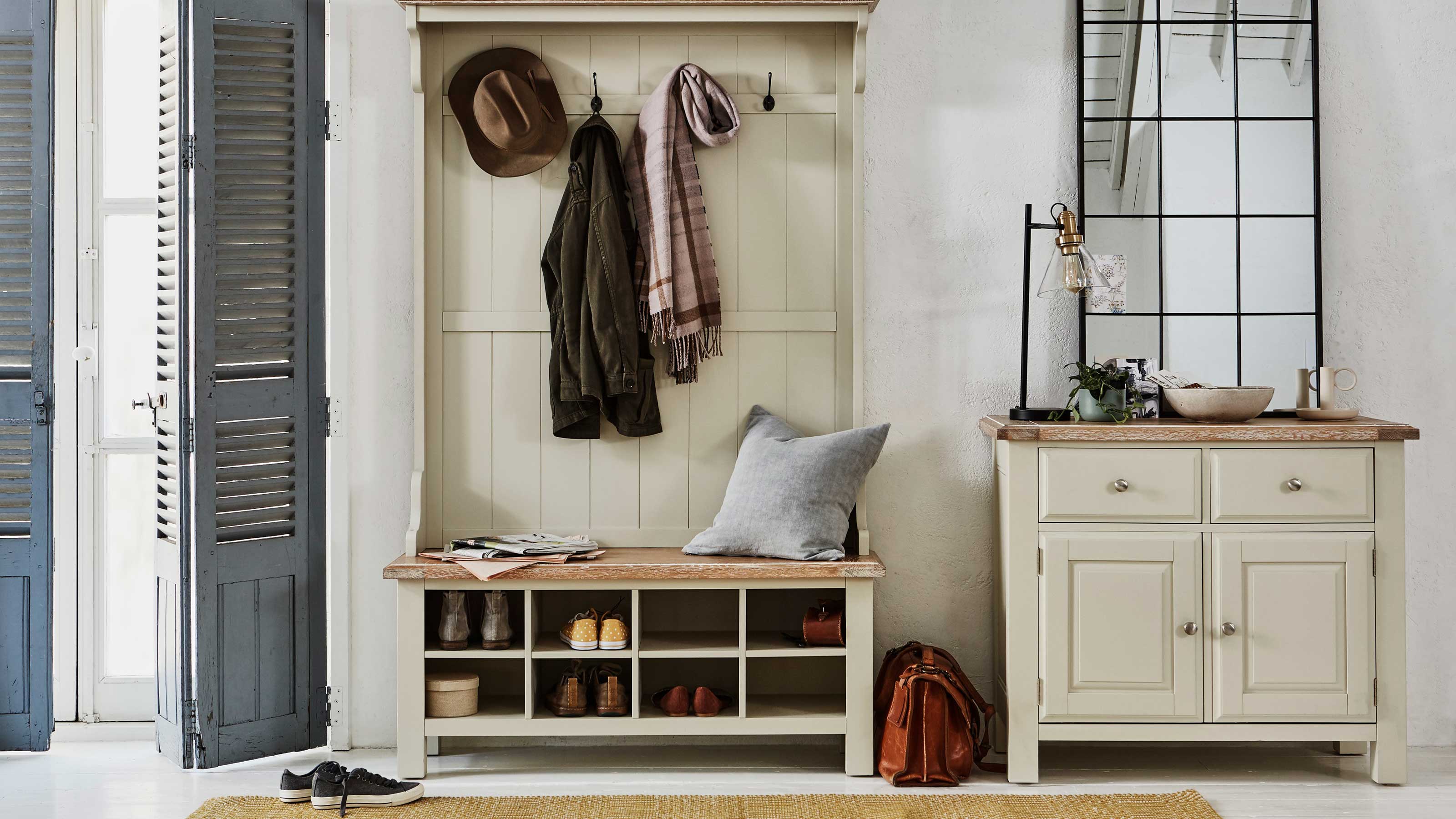
Used – and abused – almost every day of the year, the mudroom is often the hardest-working room in the home; seeing action whenever you enter or leave, and housing everything from coats, shoes, and bags to sports gear, paperwork, and pet paraphernalia.
So, it’s unsurprising that it’s usually one of the messiest and most disorganized rooms in the home, too. All it takes is a busy few weeks, with family members coming and going, throwing stuff down in a hurry, for a mudroom to feel overwhelmingly chaotic and full of random objects.
To keep the tide of ‘stuff’ at bay, what you need is a good, thorough declutter. But once you’ve decided when to declutter. how do you begin, and, most importantly, what mudroom storage do you need to prevent the clutter from coming back?
How to declutter a mudroom
We asked the experts to reveal how to clear your mudroom like a pro:
1. Declutter with a plan

While there are dozens of ways to declutter, from Marie Kondo’s famous KonMari method to using a decluttering checklist and turning tidying into a game, your best bet with the mudroom is to take everything out and go through it, item by item, choosing what should stay, says professional organizer Jenn Jordan, from Orjenise.
‘Firstly, start with coats. Often there are a large number stacked on top of each other, and if you have children, there are probably ones they’ve grown out of lurking at the back. Secondly – shoes. Again, if you have children, there are bound to be ones that no longer fit or won’t fit by the next season. Thirdly, sort out accessories, such as hats, scarves, gloves, and bags. Lastly, gather up anything that shouldn’t be there and return it to wherever it ought to be.’
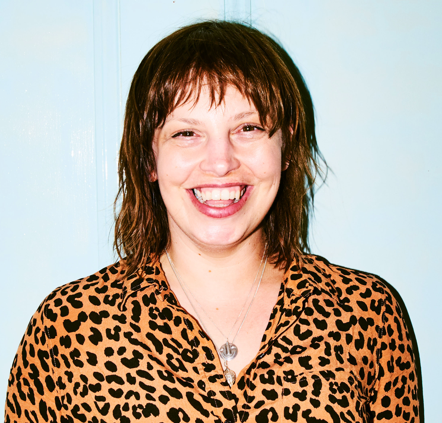
Jenn is a professional organizer, known as Orjenise (@Orjenise on Instagram). She loves nothing more than helping people declutter overstuffed closets, piles of paperwork accumulated over years, or spare rooms that have become storage spaces. She can also help in more serious cases where there is hoarding behavior.
Interior designer Sarah Robertson from Studio Dearborn who specializes in kitchen and mudroom design, suggests making life easier by using large bags, buckets, or bins to sort as you go along. ‘I use empty laundry bins or whatever is handy to toss things into as I pull everything off the shelves, setting up bins for the following categories: ‘Keep’, ‘Keep but move elsewhere’, ‘Donate’ and ‘Discard’,’ she explains. ‘I sort everything this way first, and then when it’s time to organize [returning things to the mudroom], I have a decent idea how much space I’m going to need for the things I’m keeping.’

Sarah is the founder of Studio Dearborn, a boutique kitchen design firm in Westchester County, New York, serving clients globally. Her goal is to design inspiring spaces that feel authentic, storied, and beautifully organized.
2. Edit what goes back in

Now you’re ready to decide what to put back into the mudroom, the golden question to ask yourself is, ‘Does it all have to live here?’
‘Try to only have things for the season you’re currently in,’ suggests Jenn. ‘Winter boots, gloves, hats, scarves, and large coats can go away in another part of the home during the summer, and vice versa. And only have the shoes you’re currently wearing – if you have room in a wardrobe upstairs, put any that are not needed daily in there.’
‘Mudrooms work best when they’re stocked with things you use regularly,’ agrees Millie Hurst, section editor at Homes & Gardens. ‘So, as well as packing away out-of-season items, ask yourself whether bulkier stuff such as sports equipment, balls, and bikes might be better stored in a garage or shed.’
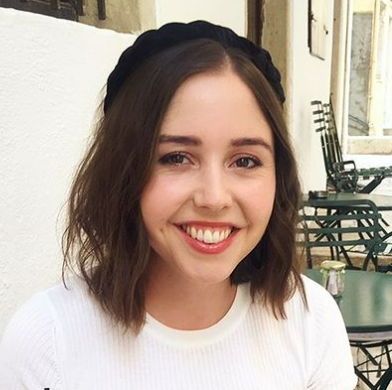
Millie Hurst is Section Editor at Homes & Gardens, overseeing the Solved section, which provides readers with practical advice for their homes. Millie has written about and tried out countless cleaning and DIY hacks in the six years since she became a journalist, and has worked in both London and New York.
3. Sort out your storage
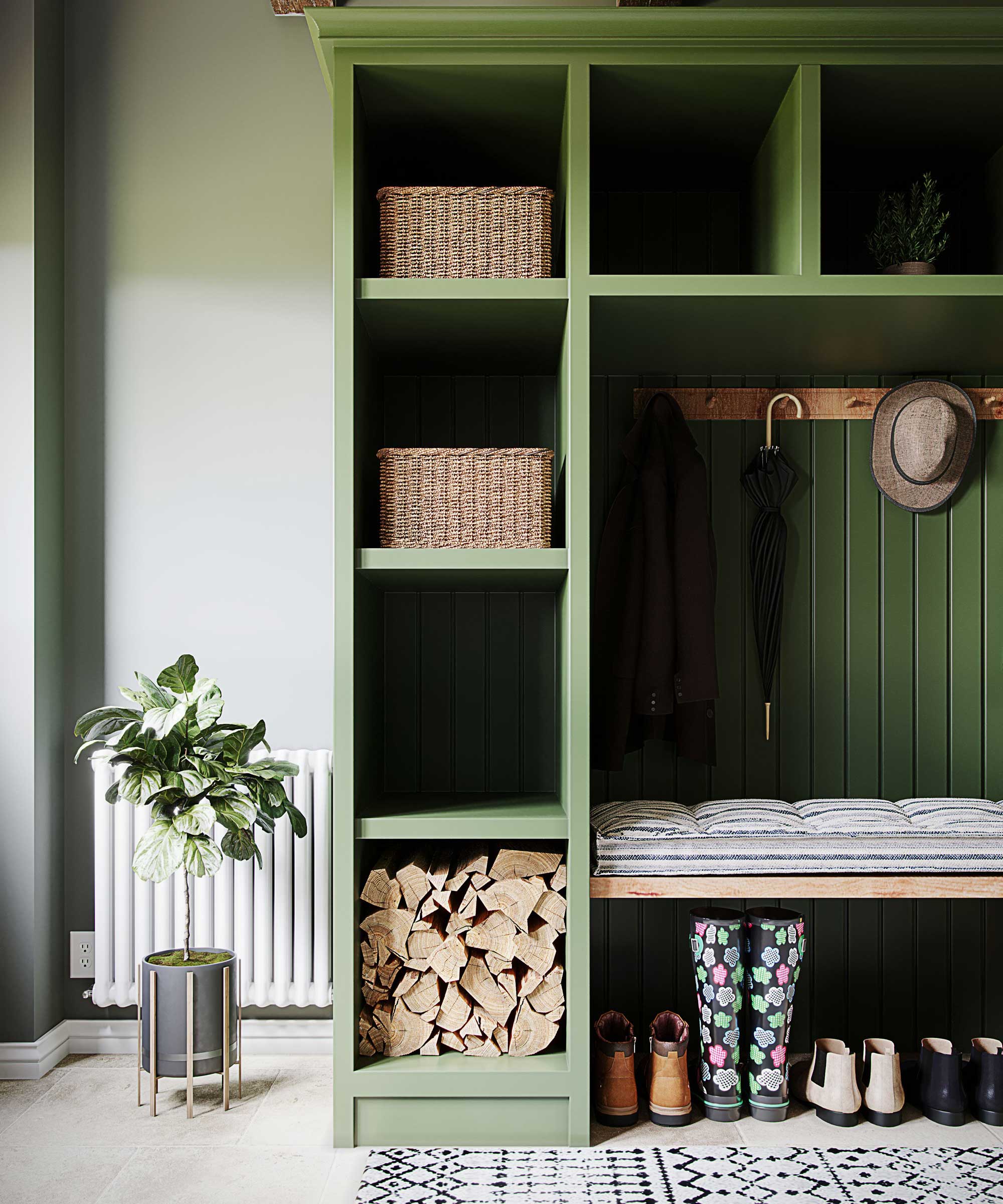
Want to ensure your newly-decluttered space stays that way for longer? Whether it’s an entryway mudroom, garage mudroom, understairs space, or a dedicated room of its own, the key to designing an efficient mudroom is good, sensible storage. And the good news is that this doesn’t have to cost a fortune.
‘The most important thing is to have a ton of hooks, so your favorite jacket doesn’t get piled underneath lots of other coats – I have around eight hooks for each person in our household, and I get more because all my handbags are there!’ advises Sarah.
Shoe storage is also vital, says Jenn. ‘Never underestimate how many you have! If you have a lot, shelves are a good idea. Otherwise, a simple boot tray, at The Container Store, to place dirty shoes on makes a space look more considered and keeps the floor clean.’
4. Be realistic not idealistic
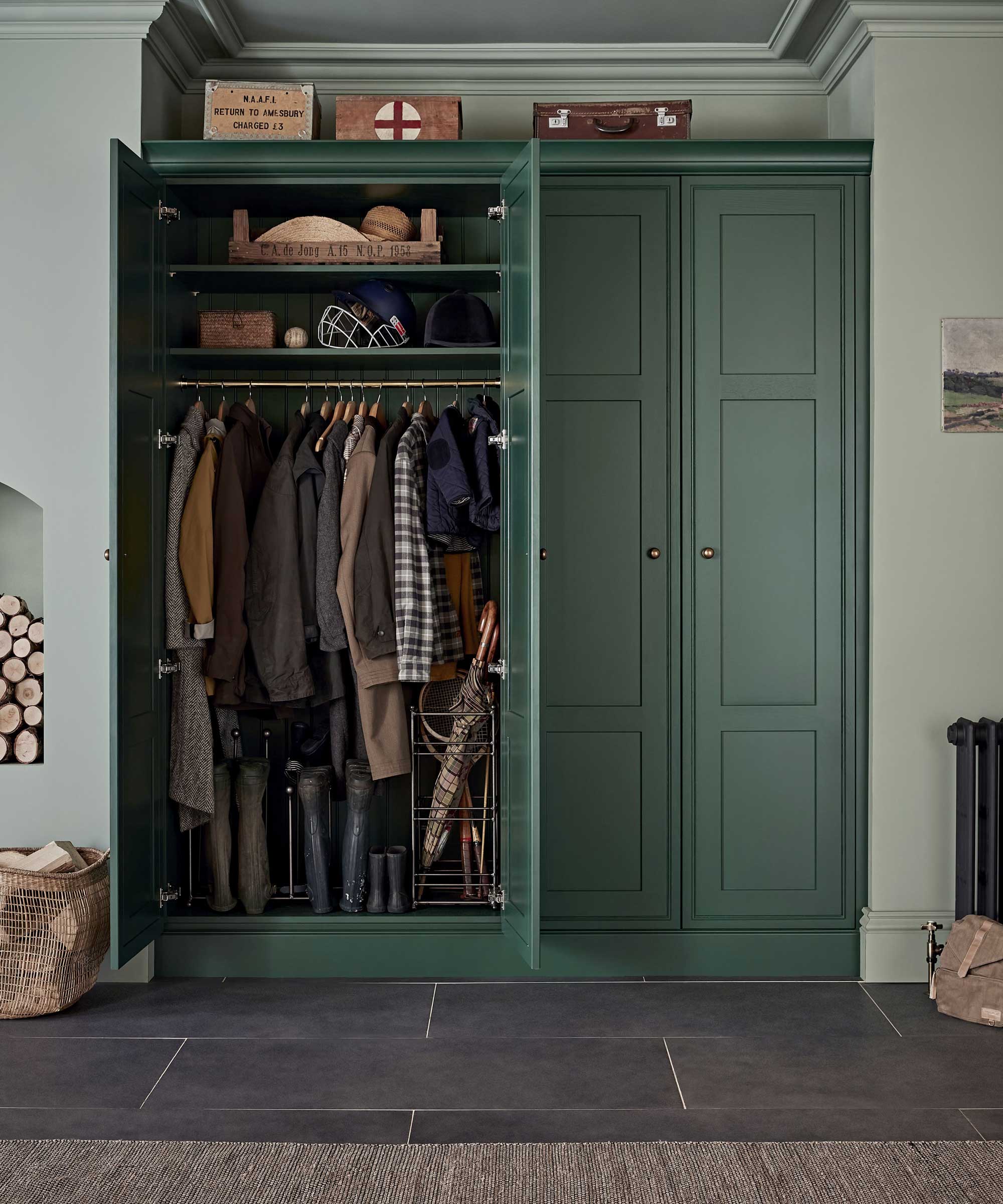
When considering mudroom ideas, the open versus closed storage debate is a no-brainer for our experts. ‘Making your mudroom too sexy with doors hiding all the stuff is one of the biggest mistakes I see,’ reveals Sarah. ‘Mudrooms should be designed for utility – you need quick and easy access to things to keep your life moving.’
Jenn agrees: ‘Complicated storage that hides things means that nobody remembers they’re there, so I would go for whatever solution means you can see what you have at a glance. Open baskets or cubbies with a label on (use a label maker, at Amazon, if you like things neat) for accessories such as hats, scarves, and gloves definitely helps – either one for each member of a household or a group one if space is tight.’
The one exception is smaller items, where catch-all pots or drawers can be more useful. ‘If possible, try to have drawers for keys, sunglasses, sunscreens etc, so these items are kept accessible to you but also neat,’ say Danna Bitton and Shira Rom Bitton, professional organizers at Organize Dwell.
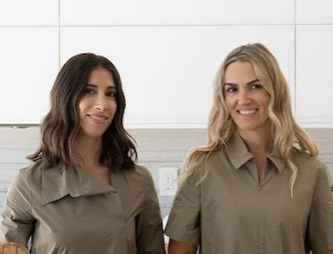
Danna and Shira are sisters-in-law and the founders of Organize Dwell located in Miami, Florida. When they established their company in 2018, their mission was to streamline their clients' homes with beautiful and functional systems so that they can spend more time doing what they love. They believe that having an organized home isn’t optional but essential.
5. Stop future clutter in its tracks
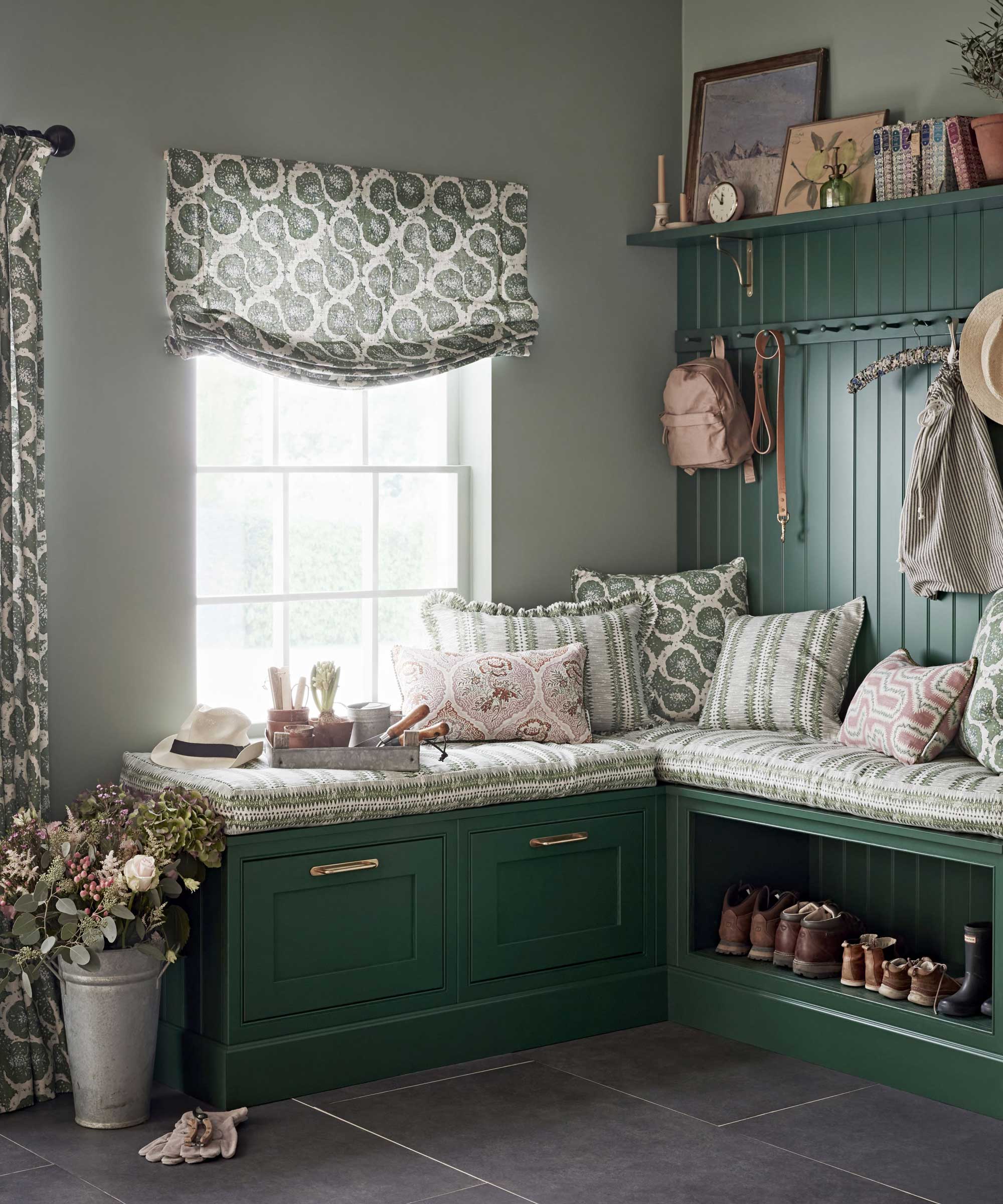
The final step in the decluttering process is to keep your mudroom tidy. ‘To continue to keep the mudroom organized, allocate an area to each family member and teach them the system to keep things tidy,’ suggest Danna and Shira. ‘If you have a pet, designate an area for their leash, outdoor toys, and poop waste bags, etc.’ Although obviously, you’ll have to keep this organized on their behalf!
‘If you start from a position where everything has an obvious home – and everyone in the household knows where that is and put things back there after they’ve used them – you’ll find you have to declutter far less often; hopefully just when the seasons change,’ agrees Millie.
FAQs
How do you declutter a mudroom in a day?
Danna and Shira have this advice for sorting out your mudroom at speed. ‘Start by organizing your shoes – check if there are any your family has outgrown or that are barely used. Then, move to the paperwork – we find all our unopened mail ends up in the mudroom. Go through it all, before creating a zone specifically for mail – this could be a decorative bin. Lastly, go through all your bags, such as gym, school bags, and purses. If your family is throwing bags and letting them pile up, create a designated area for them – we recommend hangers to keep things as organized as possible.’
Which room of the home should you declutter first?
If you’re finding it hard to know how to declutter when you’re feeling overwhelmed about where to start, don’t tiptoe around the edges, says Millie – dive straight in and begin with the room that’s causing the most stress. 'You may have an untidy closet or messy garage, but those spaces are usually out of sight. To make an instant impact, begin in whatever area you use the most, and that’s causing you the biggest clutter headache; whether that’s the mudroom, hallway or kitchen. Once that’s cleared, you’ll feel so much more confident about tackling those other spaces.'
Now your mudroom is clear and clutter-free, not only should be easier to ensure it stays that way, but you’ll never lose your favorite jacket again.
Sign up to the Homes & Gardens newsletter
Design expertise in your inbox – from inspiring decorating ideas and beautiful celebrity homes to practical gardening advice and shopping round-ups.
Jenny has been a features and lifestyle journalist for over 20 years and writes about homes and gardens for a range of national newspapers and magazines. Jenny writes about organization, decluttering and storage for Homes & Gardens.
-
 Sarah Jessica Parker's living room is a treasure trove of presumably clashing patterns – they're unexpected stars of the 'slow furnishing' trend
Sarah Jessica Parker's living room is a treasure trove of presumably clashing patterns – they're unexpected stars of the 'slow furnishing' trendUnlikely prints combine harmoniously in the actress's bold living room for a warm, welcoming effect – experts say her style is growing more popular
By Sophie Edwards
-
 April is the ideal time to prune beautyberry shrubs – for a stunning display of vibrant berries this fall
April is the ideal time to prune beautyberry shrubs – for a stunning display of vibrant berries this fallWhether you choose to trim gently or hard prune, cutting back in spring promotes healthy and productive growth
By Drew Swainston